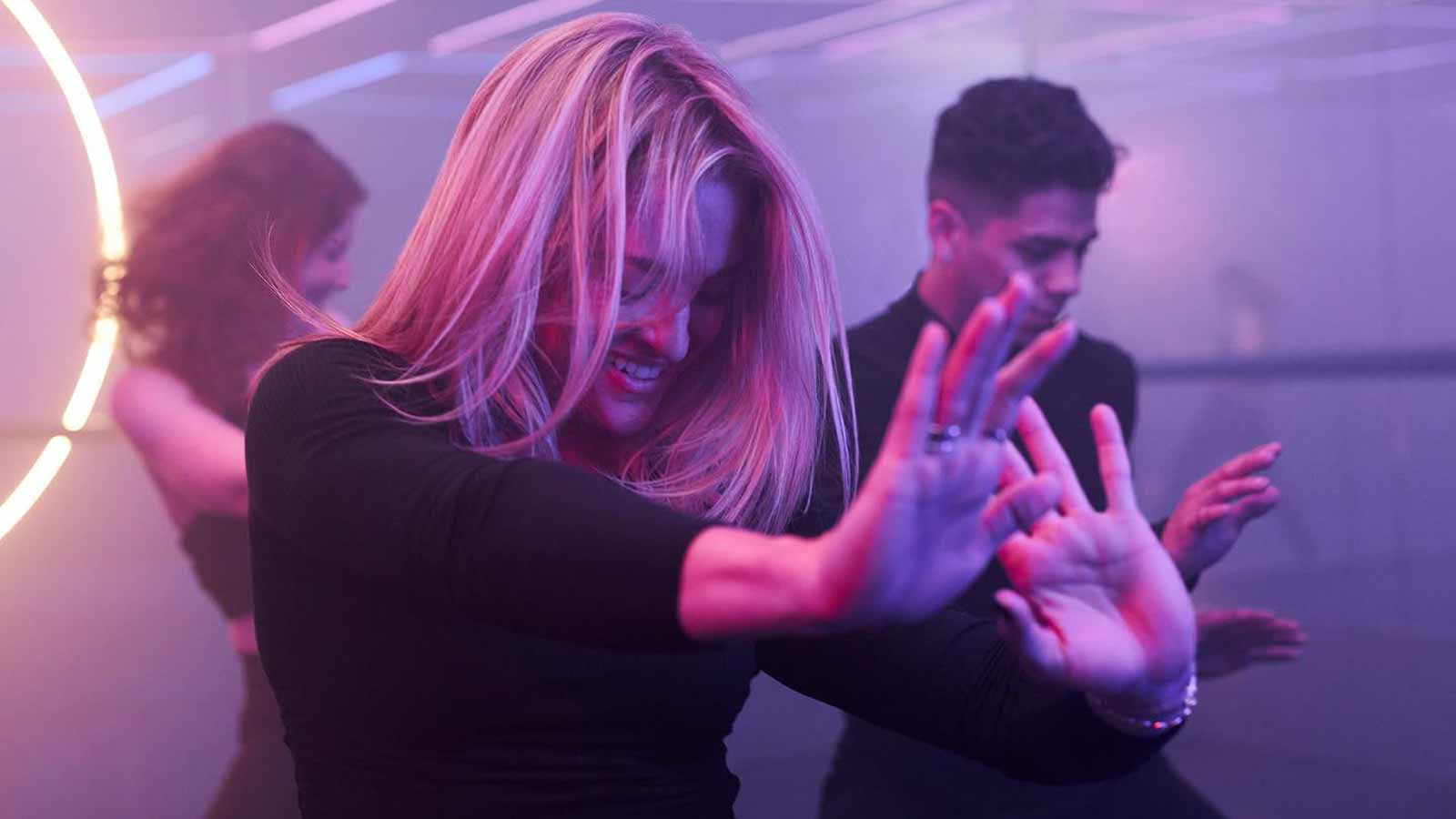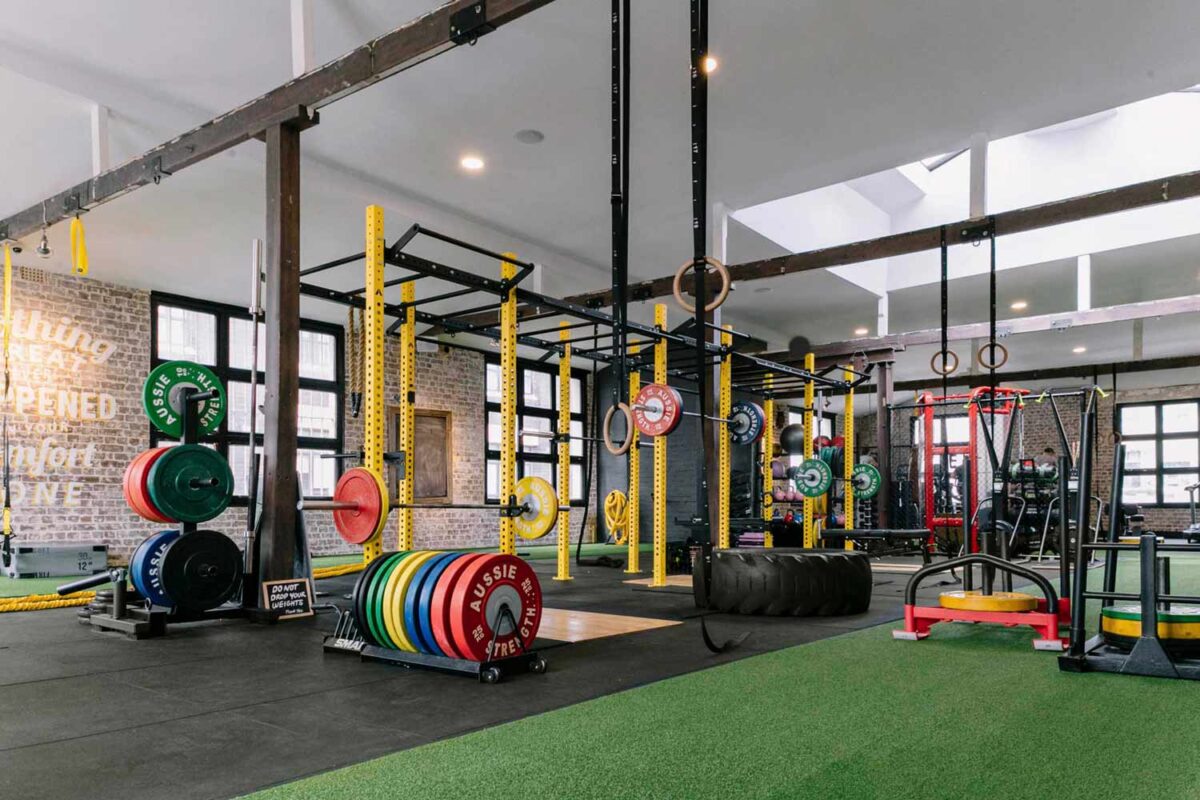
The Australian fitness industry has made leaps and bounds in recent years. And now we’re on the cusp of another breakthrough, Fitness Playground Co-founder Justin Ashley has told DMARGE.
DMARGE spoke to Justin to find out how Australians’ relationships with gyms look in a post-COVID world, where people are exercising for reasons other than wanting to look like a Marvel superstar.
Justin told us there is a big gap between what the industry was like back in the day vs. what it needs to be now, and moving into the future.
Gyms were formed from bodybuilding back in the 80s. Justin explained: this was “really where gyms originated from.” If we then fast forward 15-20 years from now, however, Justin hopes we’ll have moved away from this limited perception of what a gym has to be about, and towards gyms being “at the forefront of preventative healthcare.”
That’s not to say there is anything wrong with bodybuilding; it’s just that gyms can be useful for a whole lot more than that.
The big question, though, is: how do we pull the blinkers off? According to The Heart Foundation, we’re not a healthy nation. Even as our gym culture has switched from Arnie posters and DMX rap to F45 and Crossfit, cardiovascular disease still currently affects more than 4 million Australians, causes 1 in 4 deaths and costs the Australian economy 5 billion each year (more than any other disease).
According to Justin, today we’re at a tipping point. Justin said that “what we can do in next 10 years will determine how quickly we can move to a place where the Australian government ensures that consumers can start to see that going to the gym is the best thing you can do for mental health.”
“Exercise is the best cure or enhancement for any mental health issues outside of pharmaceuticals. We’ve got major issues in that area and exercise is a solution to most of these things.”
Justin Ashley
“At the moment in our industry there’s a huge movement in that space. AUAactive – the newly formed Fitness Australia – has entered into agreements with Medibank Private and Bupa and where they’re driving towards is connecting the fitness industry and allied health industries and bringing them closer together to work on the preventative health measures. So there have definitely been major leaps and bounds in those areas.”

Justin added: “Gyms’ biggest issue is we actually don’t do a good enough job in many cases of ensuring that our members actually get results.”
“As most people know half of the members at many gyms don’t even use their membership.”
Justin Ashley
“I think the way we’re going to be able to move forward to be taken seriously and to be the leaders in preventative health is to actually design and build experiences that members actually show up to and want to use.”
“The second part of that is can we use biometrics, which I think is the future of health and fitness generally, to actually measure and track the health of our members.”
“If we can show we’re getting more members using our facilities [and] that the use of our facilities improves their health then there is going to be a direct cost saving to the government, so less sick people.”
“That’s the chain of events that needs to take place and hopefully we can play a part in it.”
Justin Ashley
Justin also shared with DMARGE that the gym is much more of a social meeting place than it was a few years ago. He told DMARGE: “I did a class in London the other day – a cycle class with about 50 people. 80% of that class were groups or pairs of friends who were all under the age of probably around 35.”
“It was quite a young demographic who were going and doing an exercise class together – it appeared to be a social event. You could sort of see the people there were using that as a social outing as opposed to going to the movies or the pub.”
Justin Ashley
“We’ll see that more and more. If we think back 20 years the social hangout ground for most people between 30 and 40 years old in particular after work was the pub. But now I think so many people my age and younger are going to the gym after work on weeknights.”
Why? According to Justin, there’s a natural flow where people use that as their social outing. He also attributes it to the industry now focussing more on making the gym an experience, not just a chore you do after going to work (the goal being to get people thinking “I can’t wait to go and try out this class or do this session with my friend”).
“For us,” Justin shared, “we started as quite a small gym, we had about 20-25 high-intensity classes a week. Today we run about 500 different classes a week.”
“The biggest change that we had was when COVID hit two years ago and everyone was locked down. Two major things happened – people want to exercise on their terms – outdoors, at home, at the time when they want it in the way that they want it.”
Though people have now been able to flock back to gyms, this expectation of being able to work out on their own terms has carried through.
Justin also told DMARGE that many gym goers’ goals have changed: “I’ve been in the industry now for 20 years; if we go back to when I first started most people – 80-90% – that joined up said they wanted to lose weight or build muscle.”
Even as little as eight years ago, when Fitness Playground had just started, about 50-60% of members said that said they wanted to look better as their main goal, Justin told DMARGE. Compare that to today and “for the first time ever, more members said they wanted to feel better than look better in my time in the industry.”
“When COVID hit we could sort of see this trend moving towards people using exercise for how they feel not how they look. Then we doubled down into the wellness space and you know, trying to do whatever we can to make people think more holistically about the fitness experience and I think that will continue more and more for us in the future.”
This could involve adding recovery services and building out the whole wellness need that people have, Justin told DMARGE.
Watch this space.
Read Next
- ‘Gyms Are The New Nightclubs’: Pandemic Sparks Australian Fitness Revolution
- What Happens To Your Muscles & Body When You Stop Lifting Weights
The post While You Weren’t Looking, Australian Gyms Have Changed appeared first on DMARGE.


0 Commentaires